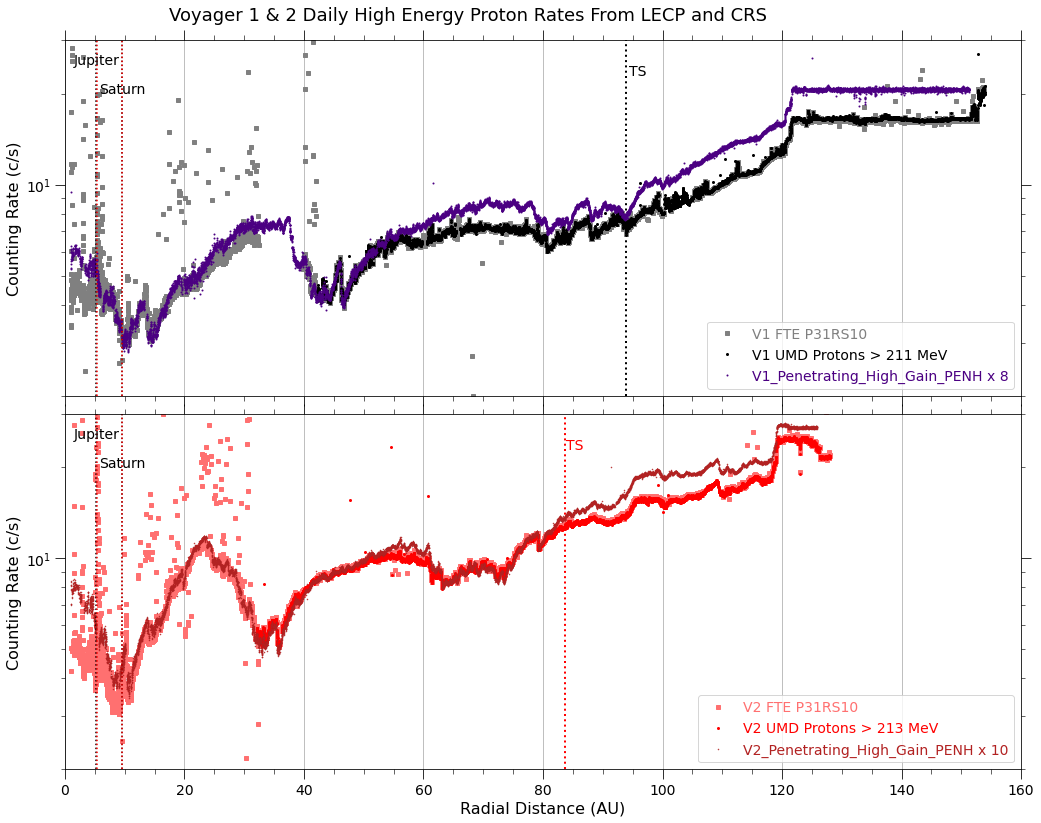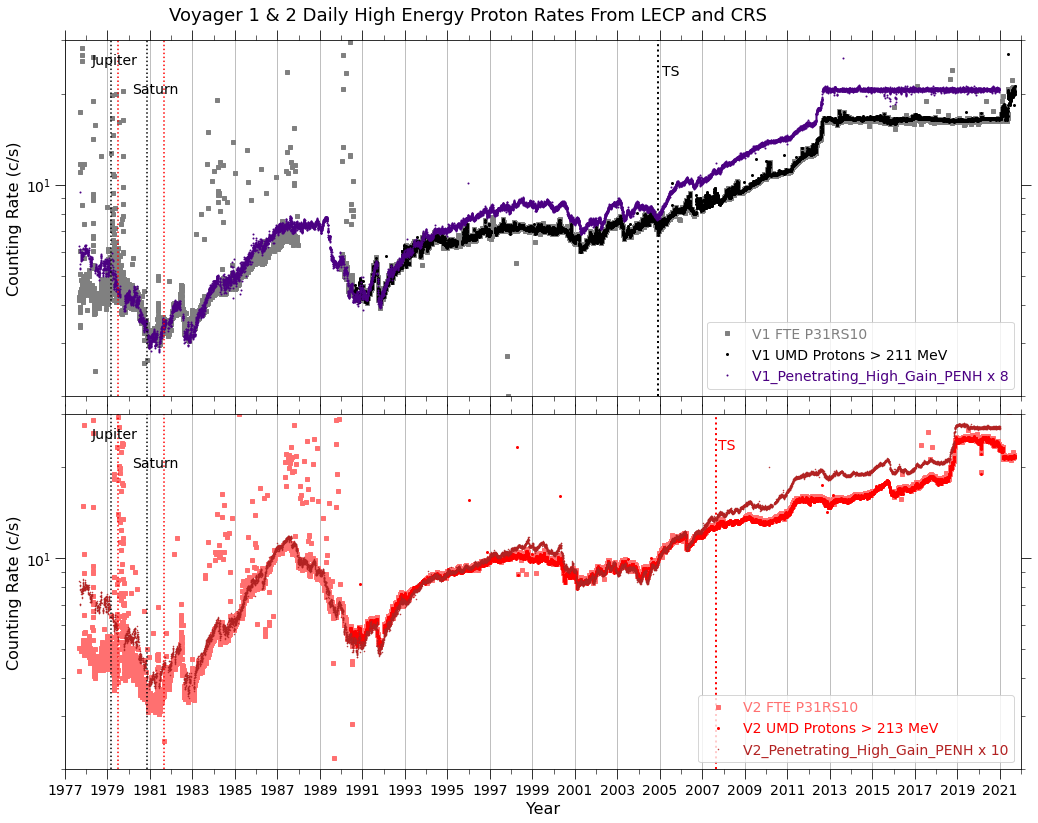

last_pos_alar_date = dfsv1['D76'].loc[dfsv1['D76']['ALARRS10'] > 0].index.max() Last positive V1 ALAR rate on 1990-08-06 00:13:14
last_pos_alar_date = dfsv2['D76'].loc[dfsv2['D76']['ALARRS10'] > 0].index.max()
Last positive V2 ALAR rate on 1990-07-14 00:19:00
Date_mostly ALARRS10_mostly Date_finally ALARRS10_finally
1986-09-03 10:37:45.330 -1.00 1990-07-01 06:36:35.810 -1.0
1986-09-04 00:07:04.450 5.37 1990-07-02 03:30:21.280 -1.0
1986-09-05 03:09:45.130 6.07 1990-07-03 00:13:42.750 -1.0
1986-09-06 19:45:37.700 5.63 1990-07-04 04:13:42.610 -1.0
1986-09-07 00:07:04.100 5.59 1990-07-05 00:00:54.500 -1.0
1986-09-08 00:30:35.170 5.56 1990-07-06 03:07:47.160 -1.0
1986-09-09 02:54:35.040 -1.00 1990-07-07 00:13:42.250 -1.0
1986-09-10 01:19:20.560 5.06 1990-07-08 00:42:30.120 -1.0
1986-09-11 00:10:25.190 5.00 1990-07-09 00:00:53.930 48.0
1986-09-12 01:48:08.320 5.72 1990-07-10 00:00:45.860 44.4
1986-09-13 00:10:24.960 5.47 1990-07-11 00:09:53.050 43.2
1986-09-14 01:13:24.890 5.50 1990-07-12 00:09:53.060 45.0
1986-09-15 01:16:55.970 3.56 1990-07-13 00:10:21.870 42.5
1986-09-16 00:30:34.230 0.00 1990-07-14 00:19:00.260 47.8
1986-09-17 04:30:34.100 0.00 1990-07-14 12:13:41.200 -1.0
1986-09-18 08:17:43.580 0.00 1990-07-15 02:31:17.120 -1.0
1986-09-19 00:07:02.700 0.00 1990-07-17 03:38:28.850 -1.0
1986-09-20 00:08:00.140 0.00 1990-07-18 03:00:04.720 -1.0
1986-09-21 00:10:24.020 0.00 1990-07-19 03:43:45.380 -1.0
1986-09-22 00:07:02.340 0.00 1990-07-20 00:07:16.470 -1.0
1986-09-23 00:06:33.420 0.00 1990-07-21 02:37:40.320 -1.0
1986-09-24 00:23:21.300 0.00 1990-07-22 00:40:52.200 -1.0
1986-09-25 00:16:37.990 0.00 1990-07-23 01:24:32.860 -1.0
1986-09-26 00:07:01.880 -1.00 1990-07-24 00:07:15.930 -1.0
1986-09-30 01:27:07.490 0.00 1990-07-25 05:43:15.770 -1.0
Download this jupyter notebook with the python code to generate the plots. The code requires python 3.6 or later to run.
Download the data files used in the notebook. The .pd files are pandas DataFrames written with df.to_pickle().
Download ephemeris data from omniweb
Download daily filtered rate files from Fundamental Tecnologies We used these files in this notebook:
rr is the rate of interest. We use these rate files: D33 (P31), D68 (SAR), D75 (SAL) and D76 (ALAR). yy is the two digit year. yyyy is the four digit year
Download LECP flux databases from the UMD Space Physics Group
Download Voyager CRS data from the Voyager CRS Rates Time History page
last update Sep 23, 2021